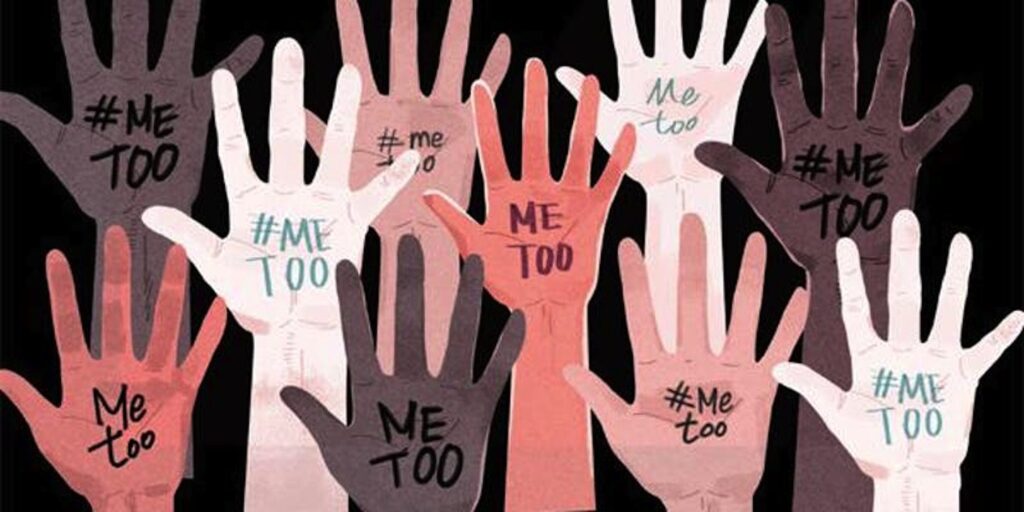CHICAGO, IL – The #MeToo movement was taken on five years ago and is still a predominately talked about subject across all social media platforms. Alyssa Milano, creator of the #MeToo movement, went viral after tweeting, “If you’ve been sexually harassed or assaulted, write ‘me too’ as a reply to this tweet.” In under twenty-four hours, more than 12 million responses garnered the attention that stories of sexual harassment and sexual assault are not to be ignored.
So, where are many of the high-profile men accused of sexual misconduct or harassment? According to the Washington Post, the New York Times counted 201 men by late 2018 while Vox compiled a list of more than 260 before it stopped counting in 2019.
While men like the now-imprisoned producer Harvey Weinstein or former “Today” show host Matt Lauer, are eternally discredited, many high-profile men who have been accused of sexual misconduct or sexual harassment have reclaimed their careers and public reputation.
Accusations that drew very little journalistic follow-up left several men in positions to avoid serious consequences for their actions thanks to the amount of media attention. Moreover, timing is critical in these types of cases from the outcry of victims who kept their stories private for years or decades on end.
Simpson Tuegel, a representative of more than a dozen former U.S. gymnasts that were abused by team doctor Larry Nassar, told the Washington Post, “sometimes adult survivors and adult women face more scrutiny. That is not warranted and not fair, but they do. There are questions that cannot be asked when it involves a child that will be asked when it involves an adult women.”
State legislatures have been busy
While the #MeToo movement didn’t have much success at the federal level, it did product a major piece of legislation: the Ending Forced Arbitration of Sexual Assault and Sexual Harassment Act of 2021. Between 2017 and 2021, states introduced nearly 2,325 #MeToo-related bills and passed 286.
By 2019, reforms addressed a broader range of women’s rights issues including pay equity, family, sick and pregnancy leave and occupation-specific protections for women in vulnerable sectors such as food service, hospitality and domestic work.
While the bulk of new protections enacted by blue states, swing states like Virginia and red states such as Texas and Louisiana introduced a substantial amount of bills addressing workplace harassment and gender equity.
There’s work still to be done
While much work has been done, we still have a ways to go.
States need to focus on the most marginalized by gender equity issues including the domestic workers who are disproportionately immigrant women of color who face high-levels of abuse, yet remain unprotected by federal harassment laws if they work for individual families.
State pay equity legislation rarely accounts for the racial and ethnic pay group for compounding disparities for Black and Latina women. Black women are estimated to lose nearly $1 million potential dollars over the course of their careers.
Low-wage workers — which includes disproportionately ranks women of color — to make ends meet. Nearly half of all women of color working in low-wage positions lived or near the poverty line in 2018.
Research suggests the #MeToo movement galvanized state legislatures to act and that the movement has come to encompass a broader array of gender-based reforms, going far beyond the Harvey Weinstein’s and Bill Cosby’s of the world that initially launched this conversation five years ago.



